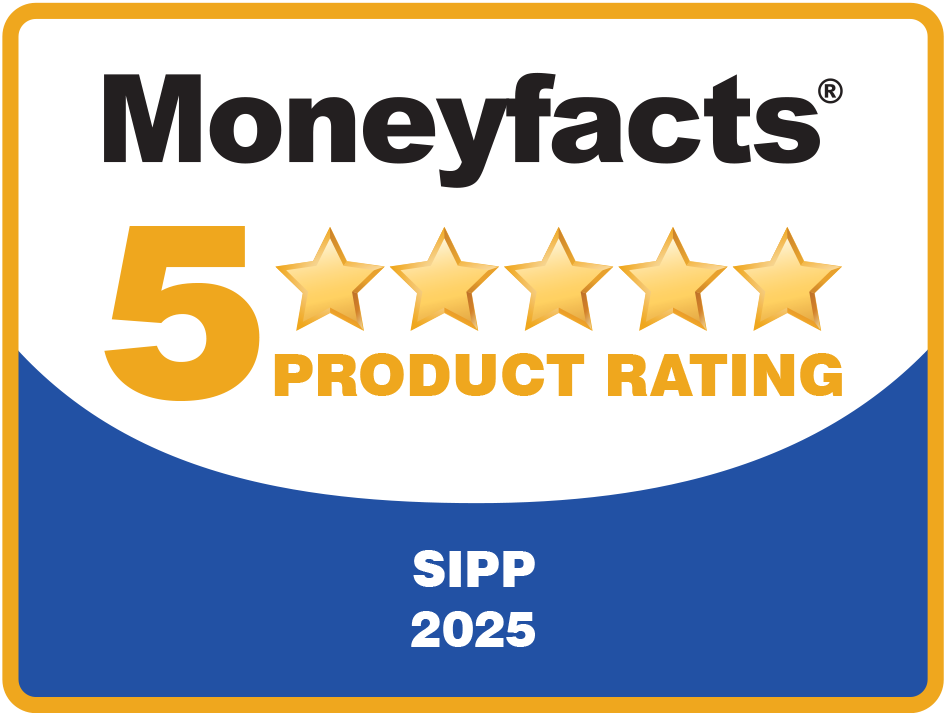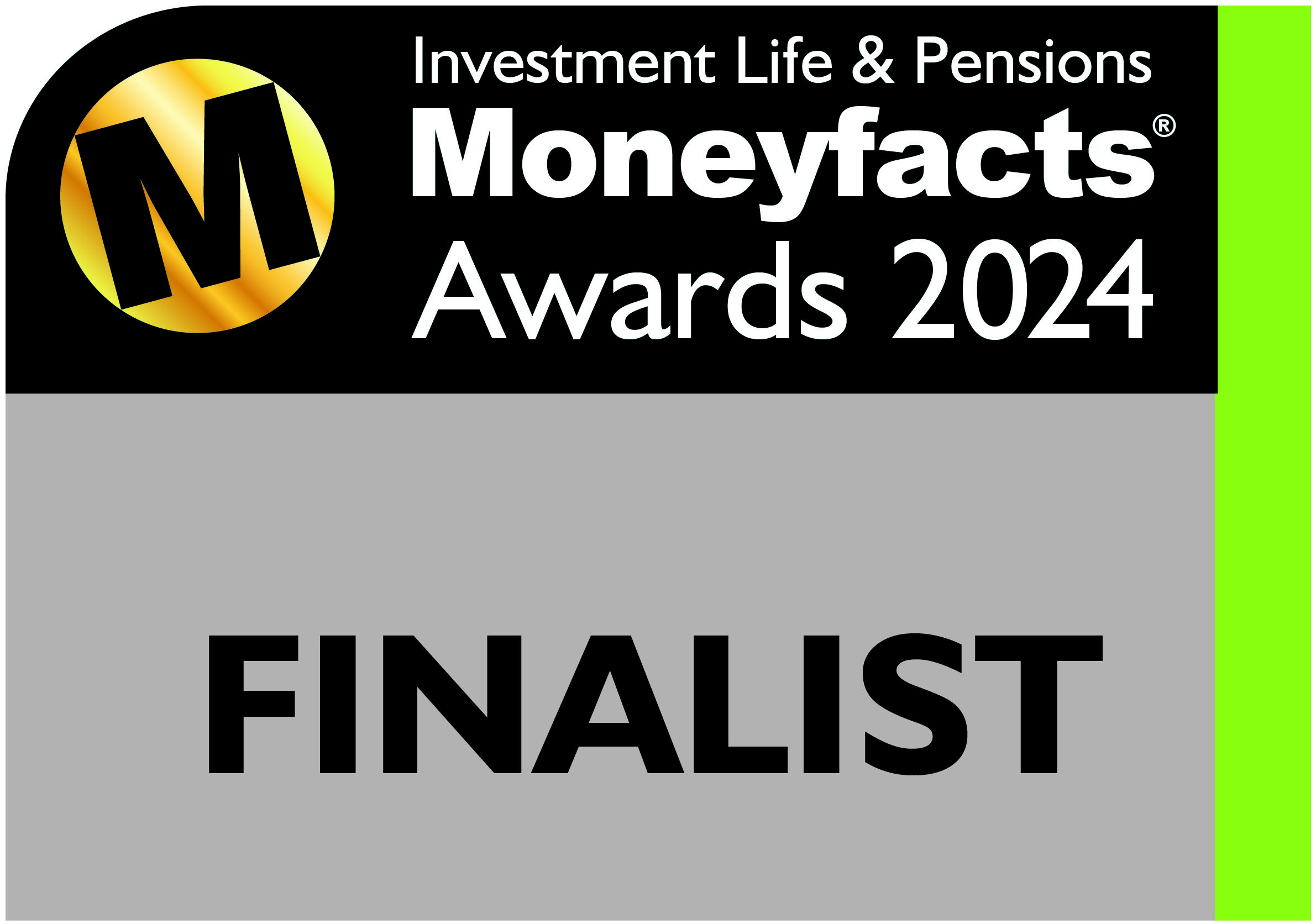How to make a transfer in-specie of property – a case study
You may have already read about some of the reasons you might transfer a SIPP or a SSAS that holds property in-specie to an alternative provider.
You may also have noted some of the areas you need to consider before proceeding and know to set realistic expectations of how long this may take. Of course, we have tried to balance this by talking about how IPM can add value to your clients…
Despite this, we understand that committing to a transfer can still be daunting, with various processes and third parties needing to be involved.
So, we thought a case study would be useful. This shows how an initial discussion may arise, all the way through to completing a transfer.
Don’t forget our useful 10-point property transfer checklist (link), which is a snapshot of the various steps to consider for a transfer in-specie.
The initial discussion
Andrew and Keir each have a SIPP with another provider that jointly holds a commercial property, which is an industrial unit let to a third party. Because of a recent fee increase, Andrew and Keir have become frustrated by a lack of support from their provider and speak to their adviser to find out what they can do about this.
After discussions with the current provider, the adviser was satisfied the situation wouldn’t improve, and nothing could be done about the fees.
The adviser looked at the possibility of transferring the SIPPs to an alternative provider. The clients decided to transfer to IPM.
IPM is happy to provide support before an adviser starts work on a transfer. Points we cover include:
- No work can start on the transfer by IPM or our solicitors until the SIPPs are up and running and the SIPPs have money in them. £750 will be required to instruct solicitors to act. This can either be paid into the SIPP by contribution or, if possible, an early transfer of cash from the current provider.
- As the property is already held in a SIPP, it’s unlikely to cause IPM any issues in terms of suitability from a HMRC perspective. However, it is still worth discussing the property with us. For example, any rent arrears because of Covid will need to be considered, or if the property is VAT registered, this will add significant time to the transfer, as IPM will need to register the new SIPPs with the VAT office. In this instance, the rent is up to date and the property is not VAT registered.
- IPM identify the costs the clients are going to incur from both ourselves and our panel solicitors for the transaction. We suggest the adviser contact the original provider and any solicitors they work with.
- We discuss the likely timescales. At the moment, Andrew and Keir are unhappy and we don’t want to set unrealistic expectations about how long the process will take. Timescales vary depending on each transfer. However, a transfer in-specie of property usually takes at least four months.
The paperwork
Once the recommendation has been made and the clients are in agreement, there will be a lot of form filling to do.
The good news is that once this has all been done, you can submit these to IPM and we’ll take care of the rest for you.
This is what needs to be submitted:
- IPM application forms and supporting paperwork. Here, one set of completed paperwork will be required for both Andrew and Keir.
- IPM property transfer questionnaire, fully completed (only one between the clients).
- Paper discharge forms for the ceding scheme, signed by the clients.
- A copy of the most recent valuation for the property, if available. If one is not available, you’ll need to get one done as part of the transfer process, and can select your preferred surveyor.
- Any other paperwork to open accounts for any additional investments in the SIPP, such as platform or DFM accounts. The transfer of these types of assets is usually undertaken at the same time as the property.
IPM will open two SIPPs: one on Andrew’s behalf and one on Keir’s, as well as opening a group SIPP arrangement.
The group SIPP will hold the commercial property once the transfer has completed, as well as the joint bank account into which the rental income will be received.
Any other assets held on behalf of Andrew and Keir will be re-registered into their own individual SIPPs, which will also include a percentage ownership of the group SIPP arrangement.
Once the SIPP is up and running, a member of IPM’s property team is allocated to the transfer, giving you a point of contact throughout the transfer.
Once a minimum of £750 has been received into the SIPPs, IPM will instruct solicitors to act on Andrew and Keir’s new SIPPs’ behalf. They will contact the current provider’s solicitors, details of which will have been provided in the property transfer in-specie questionnaire.
The process of transfer
As transferring property in-specie is a change of legal owners, there is little difference to the conveyancing process than when undertaking a regular purchase, except there is no consideration on completion.
IPM’s solicitors will undertake the usual enquiries and searches, and the ceding provider’s solicitors will respond accordingly.
If a valuation has not been provided to IPM, we will instruct the surveyor appointed by the client to send us a report too.
HMRC’s requirements for what a valuation should contain are specific. We will confirm these details with the surveyor during our instruction.
The property in Andrew and Keir’s SIPPs has a long-standing, third party tenant who is three years into a five-year lease.
One of Andrew and Keir’s concerns is that a transfer might disrupt their tenant, who they are keen to retain, either practically or in terms of the lease being amended.
While IPM’s solicitors will look at the current lease, unless there are any clauses that would be detrimental to the clients’ SIPPs or IPM, it would be our aim to adopt this lease in its current format. As the lease has already be granted by another SIPP provider, it is unlikely IPM will find any issues with this.
It’s this period where matters can feel like they’re taking some time. Solicitors will have to respond to various queries and each SIPP provider must process or complete whatever documentation is required from them.
While IPM can’t control the turnaround times of third parties, we always aim to complete the requirements on us promptly. We’ll provide updates where these are available. However, we usually aim to work in the background to ensure that the transfer is completed in the quickest time possible.
Completion
Unlike with a usual property purchase, where an exchange date is agreed, with a transfer in-specie, this doesn’t happen because no money changes hands.
Once all the documentation has been signed, searches have been undertaken and enquiries have been answered a completion date will be agreed. At this point, the property becomes legally owned by IPM as trustee on behalf of Andrew and Keir and the existing lease for the tenants is adopted by IPM.
While the property aspect of the transfer is now complete, the ceding scheme still has to discharge their liability to provide pension benefits to Andrew and Keir. The previous provider issues a final transfer confirmation to IPM. This details the transfer value for each client and whether any benefits have been drawn from the SIPPs. The previous provider must now send over any residual cash held on behalf of Andrew and Keir.
IPM will then formally confirm to the adviser that the transfer has completed.
In the future, we would hope that Andrew and Keir will benefit from a more cost-effective arrangement, as well as receiving a higher level of personal service. IPM team members involved with the transfer will continue to be available.
Get in touch
If you have any SIPP-related queries, or if you have any clients for whom SIPP or SSAS advice would be beneficial, please get in touch. Email info@ipm-pensions.co.uk or call 01438 747 151.



